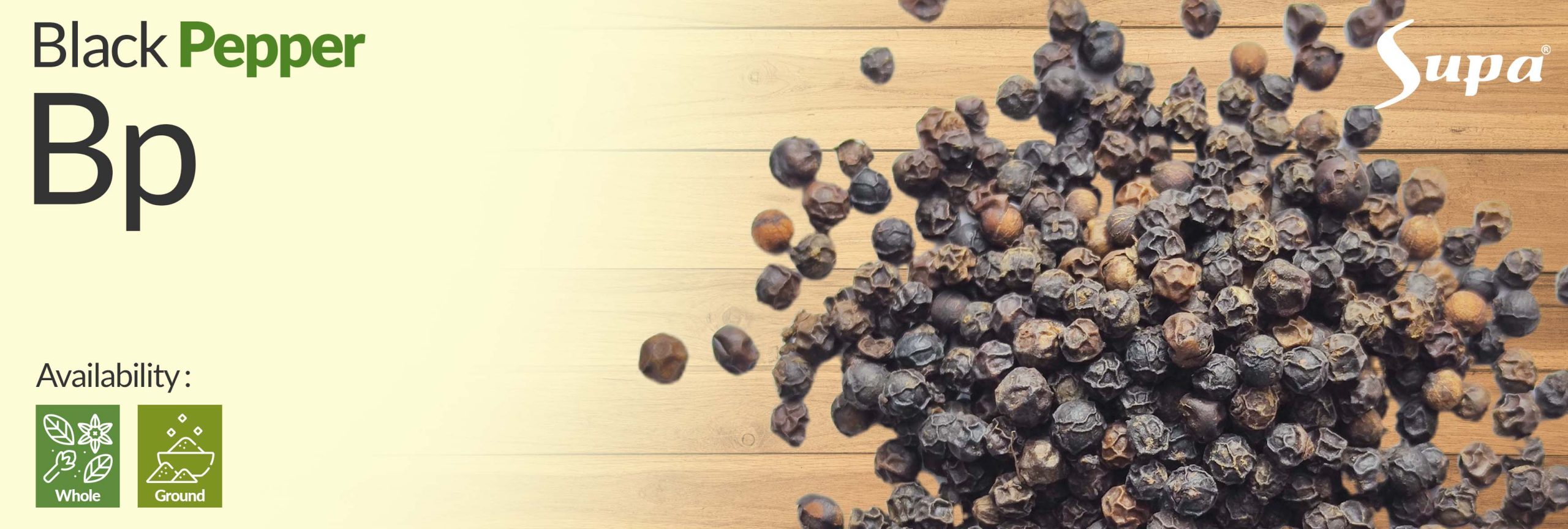
Black pepper, originating from southern India, boasts a history steeped in cultivation and trade spanning over 3,500 years. The significant cultural exchange initiated by Alexander the Great’s journey to India in the 4th century BCE brought black pepper to the attention of Europe along newly established trade routes. Rapidly earning high value, this spice became a pivotal commodity, with Arab traders monopolizing its transportation to Europe. As the Middle Ages unfolded, black peppercorns transcended their culinary status to also serve as a symbol of prestige, gaining recognition as a form of currency.
The exploration era ignited a fervent quest to control the source of this prized spice. In the late 15th century, Portuguese explorer Vasco de Gama embarked on a mission to discover and dominate the origin of black pepper. His journey led to the momentous discovery of a sea route to southwest India in 1498. This pivotal find granted Portugal a century-long dominance over the black pepper trade, fundamentally altering global spice dynamics.
The 17th century marked a turning point as the Portuguese relinquished their monopoly to the Dutch. In turn, the Dutch controlled the spice trade for a period before ceding power to Britain in the 18th century. This shift was aligned with the broader expansion of the British Empire’s influence, which extended to the tropical regions where these spices thrived. Through these historical transitions, black pepper remained a catalyst for exploration, commerce, and geopolitical maneuvering, serving as a powerful symbol of wealth, cultural exchange, and global connectivity.
Flavor: Black pepper has a robust and sharp flavor with a hint of heat. It is known for its pungency, which comes from the active compound piperine. The flavor of black pepper is versatile, adding depth and complexity to both savory and sweet dishes. Taste: When consumed, black pepper delivers a bold and peppery taste with a slight spiciness. Its taste can range from mildly warm to moderately hot, depending on the variety and how it is used in cooking. Aroma: Black pepper has a strong and aromatic scent that is both sharp and woody. The aroma becomes more pronounced when the peppercorns are freshly ground, releasing the full bouquet of volatile oils.
Culinary Spice: Chili peppers are widely used as a culinary spice to add heat and flavor to various dishes. They are a key ingredient in many cuisines, including Mexican, Thai, Indian, and Italian, among others. Hot Sauces: Chili peppers are a primary ingredient in the creation of hot sauces, which vary in heat level and flavor profiles. These sauces are used to add spiciness and depth to dishes or as condiments for enhancing flavor. Chili Powders and Pastes: Dried chili peppers are ground into chili powder, which is a popular spice blend used in cooking. Chili paste, made from crushed chili peppers, is also used to flavor soups, curries, and stir-fries. Pickling and Fermenting: Chili peppers are pickled or fermented to preserve their flavor and heat. Pickled chilies are used as a condiment or as a side dish to add a spicy kick to meals. Garnish and Flare: Whole or sliced chili peppers are often used as a garnish to add a pop of color and spiciness to dishes. They are also used to infuse oils and vinegar to create flavored condiments.
Origin : Indonesia Botanical Name : Piper Nigrum Composition : Black Pepper Seeds Color : Black Moisture Content : Max 14% Shelf Life : 12 Months Loadability : 20 FCL Package : Carton Packing *For more detailed specifications, please feel free to contact us.
Company Profile Brochure PDF


